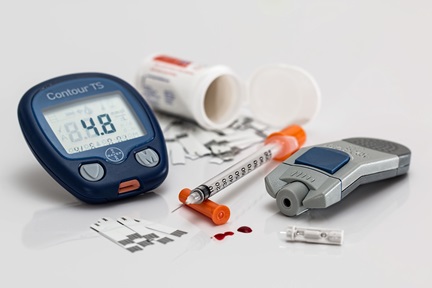
AI Suite for Neurological Disease Detection and Monitoring from CT Scans
Synopsis
AI suite automates CT scan analysis for neurological disease detection, improving clinical productivity and interpretability. Tailored for the Asian market, it addresses a $2.85 billion segment with advanced segmentation, accurate volumetrics, and easy-to-use interface, ensuring rapid, trustworthy results.
Opportunity
Neurological diseases, the second leading cause of death, demand efficient diagnosis. To that end, computed tomography (CT) has been used as the primary modality to identify brain abnormalities such as intracranial haemorrhage (ICH) and neurodegeneration. However, radiologists are often overwhelmed with a backlog of scans and the writing of radiology reports, which can be a time-consuming task. Furthermore, manual segmentation of lesions is tedious and existing heuristics may overestimate lesion volumes. Clinicians are also concerned with the ‘black box’ nature of deep learning models. Hence, an automated tool in the workflow is needed to substantially improve clinical productivity and interpretability, ensuring trust with clinical stakeholders.
The artificial intelligence (AI) medical imaging market is projected to reach US$20.9 billion by 2030, with our focus addressing 13.6% of this market size, specifically in neurology and CT, amounting to US$2.85 billion1. Our AI solution is tailored for the Asian population’s brain anatomical data, setting it apart in the market. Our strategic aim is to cater to the Asia Pacific market, estimated at around US$769 million USD, accounting for 27% of the projected total.
Technology
Our AI solution automates ICH detection and brain tissue segmentation on CT scans, delivering accurate volumetric information to assist triaging. The platform offers tools for easy interaction with AI models and report generation, emphasising model interpretability, transparency and robustness testing for AI safety.
At the core of our technology are the expertly trained deep learning detection and segmentation models. Accessible through our intuitive web user interface, users can visualise medical images alongside AI predictions. The upload process is simplified, allowing users to submit scans via the web interface, deployed either locally or in a private cloud, and instantly receive results and reports. The platform further allows users to customise the layout of the radiology report, ensuring adaptability to their workflow preferences.

Figure 1: Illustration of the training of the segmentation pipeline.
Applications & Advantages
Applications:
- Deployment in healthcare institutions that work with CT scanners, particularly in neurology and medical imaging;
- Flexible deployment options either locally or on a secured cloud platform;
- Integration capabilities with local picture archiving and communication systems (PACS); and
- Initial focus area neurology with potential generalisation across modalities and tasks.
Advantages:
- Automated ICH segmentation enabling accurate calculation of lesion volume from CT scans, distinguishing it from products predicting ICH presence;
- Unlike many market products relying on MRI scans for brain tissue segmentation, our technology excels in fast inference on CT scans;
- Capable of performing Alzheimer’s Disease detection using CT scans; and
- Identification of drifts, quantification of uncertainty and explanation of model decisions in discriminative tasks, building trust with clinicians.
1 https://www.alliedmarketresearch.com/ai-in-medical-imaging-market-A12693















